What The Tech?! Personal Computers
The personal computer was one of the last steps on the road to our connected world.
In one of our recent articles, we looked at the history that came from the development of commercial computing and spoke about how in the early days resource sharing was a huge component in getting things moving in the commercial world. Today we’ll be taking a dive in to look at the natural evolution of this shift and exploring the development of the personal computer. Lets get to it!
Laying the Foundations
In an era full of smartphones, IOT devices and other pieces of technology that assist our lives, it’s hard to imagine a world where access to these types of technology was not common place. It’s also harder to visualize how these early computers worked, particularly when being operated in a networked capacity.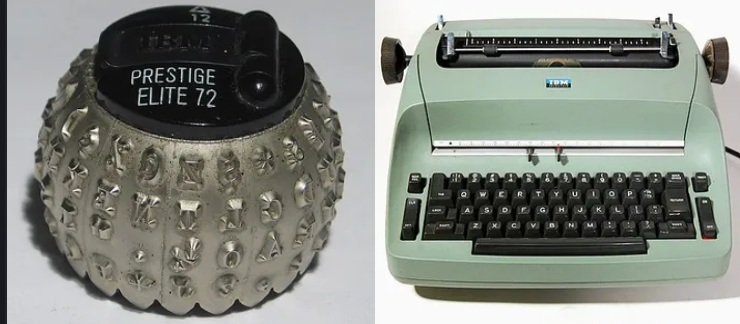 The IBM Selectrix, an essential office tool prior to the development of economical computing hardware. Source: Wikipedia
The IBM Selectrix, an essential office tool prior to the development of economical computing hardware. Source: Wikipedia
It’s particularly common for people to get caught up in today’s understanding of a computer but from our side one of the most interesting facts about computers is that before the world went digital we had mechanical computers that relied on things like punch cards and other analog systems that seem archaic today. One of the best known early devices was known as ENIAC.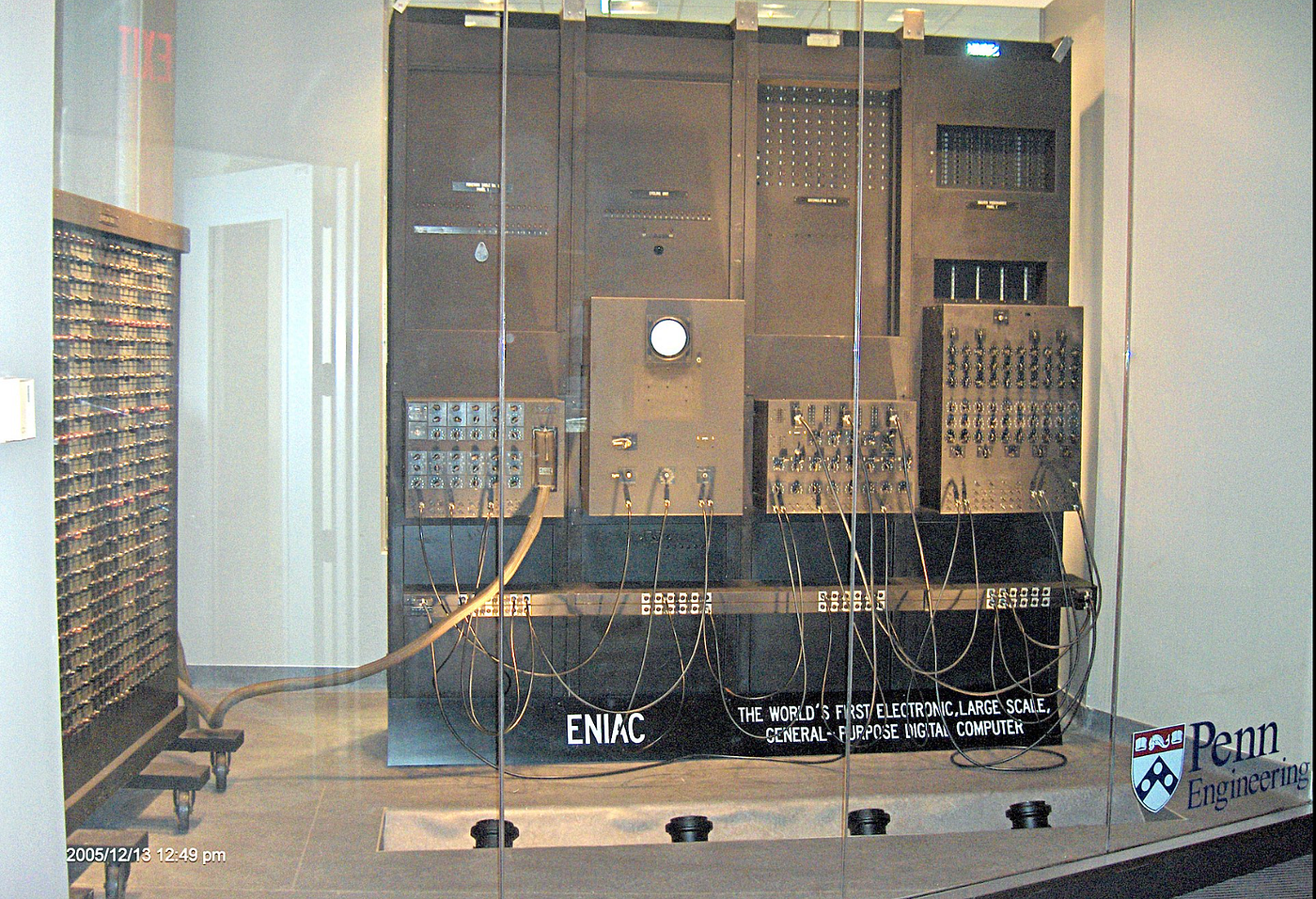 ENIAC. An essential step on the route to supercharged computing. Source: Wiki
ENIAC. An essential step on the route to supercharged computing. Source: Wiki
Short for Electronic Numerical Integrator and Computer, ENIAC was released in the late 40s and was a revolution for the time, being the first model capable of programming and recomputing. Originally designed for the computation of Artillery ballistics for the Army, the first machine was also noteworthy for it’s work in the atomic field carrying out essential computational tasks that calculated the viability of a nuclear weapon. ENIAC was bulky and expensive, coming in at close to $500,000 for the first machine however its speed was unheard of at the time, being able to calculate at around 500 FLOPS by today’s measure.
These early era computers were defined by their use of vacuum tubes and other pre war technology. Given the extensive development of the transistor for the war effort and the flow on of this into the civilian market it was merely a matter of time before the first gen computers were replaced with smaller, more powerful transistorized versions.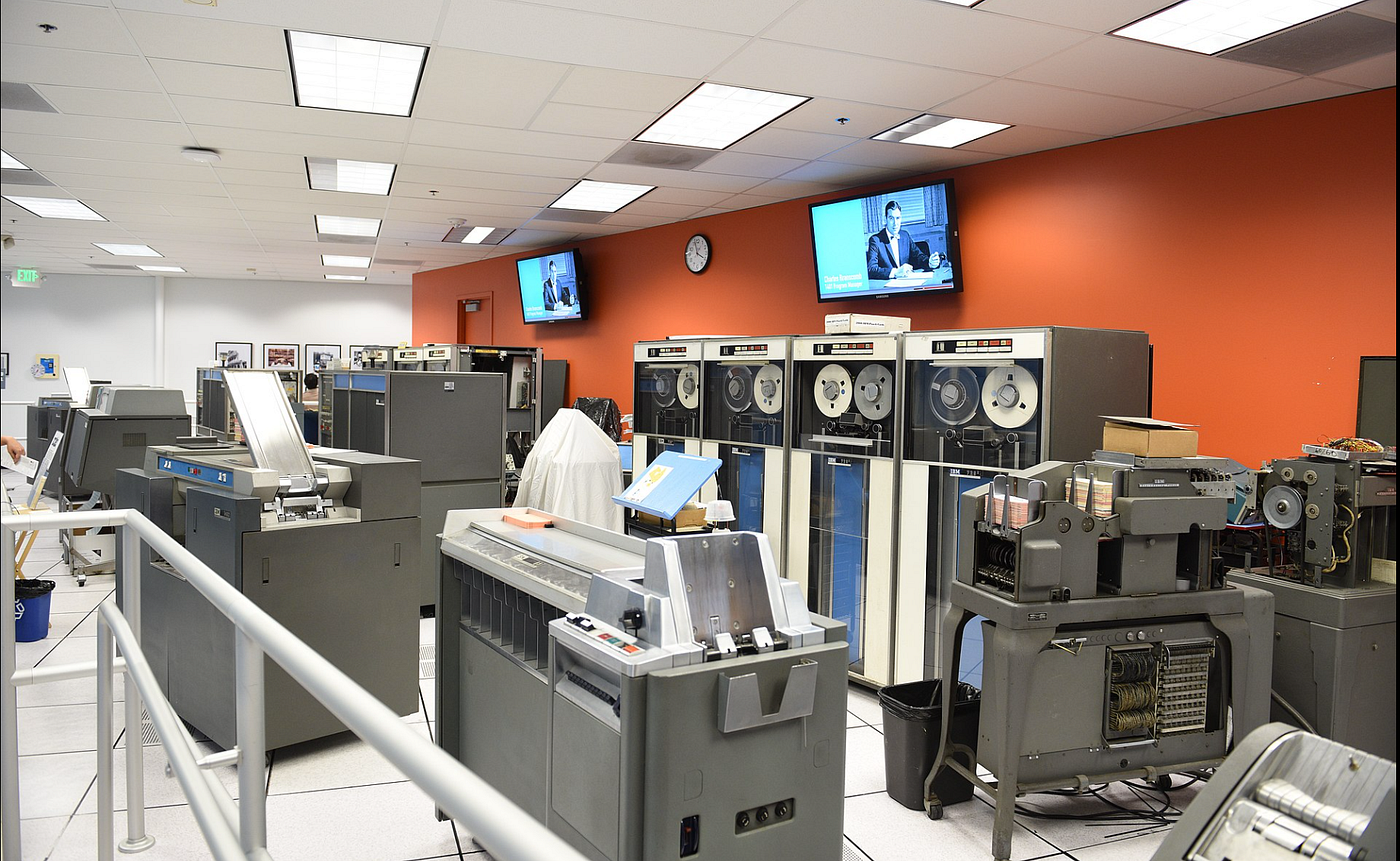 IBM1401, a stalwart of early era computing.
IBM1401, a stalwart of early era computing.
Generation 2. The Next Step
Unfortunately for manufacturers the development of technology in the post war era was so rapid that it became difficult to accurately chart both demand and life cycle. However during this time mass adoption was commonplace, with workplaces either using shared computing resources or investing in their own systems and hardware in house. Because of this despite the rapid pace of development we still see many successful pieces of hardware with one particularly notable system being the IBM1401.
One of the last punch card systems to be developed, the 1401 was an overnight success, with sales within the first month exceeding the expectation over the life of the unit with over 5000 being sold in the opening weeks.
The 1401 held its ground for some time, being used by many small businesses as their primary computational device and makes our list of importance for two reasons. Firstly, due to it’s large scale adoption of programming languages like FORTRAN. Secondly, the 1401 was militarized, with a truck based version developed. Known as the Data Mobile the military at the time deemed this to be a “portable” computer, which is kind of laughable in today’s terms but like many things in the 60’s and 70’s they made sense at the time.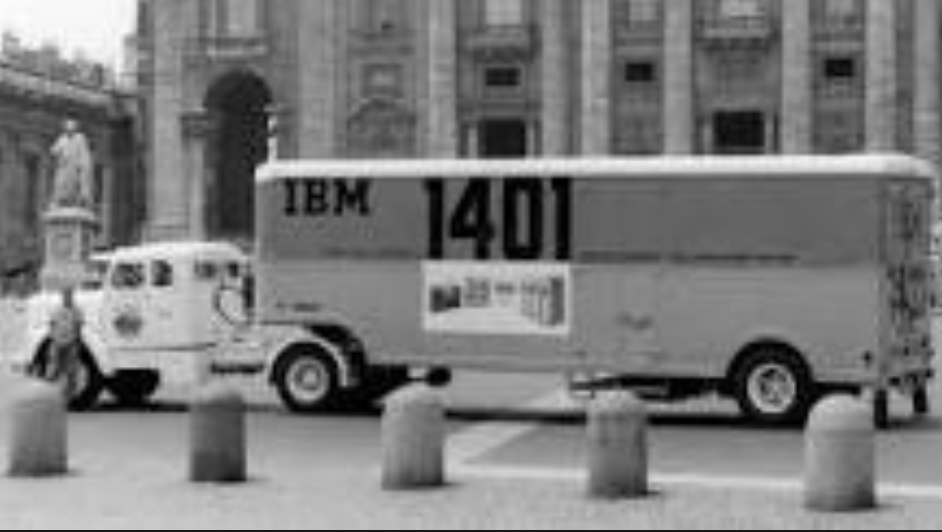 “Mobile” computing, quite literally! Source: IBM
“Mobile” computing, quite literally! Source: IBM
Microprocessors and More
As we moved closer to the 80’s the development of the microprocessor sped up and as a consequence of this we found more manufacturers looking to cater toward the hobby market. This was a pivotal moment, as it paved the way for accessible computing due to the fact that by this time many essential components were integrated in to the one chip. This allowed hobbyists, amateurs and programmers the ability to enter the world of personal computers using kit systems.
One of the most successful computers of this time was the Altair 8800, an intel based system that featured on the cover of Popular Electronics in 1975. Sold by mail order and including features like an 8 in floppy disc and a whopping 1024 byte memory board, the Altair brought coding to the masses, with over 25000 kits sold bringing FORTRAN and BASIC to the hobby world.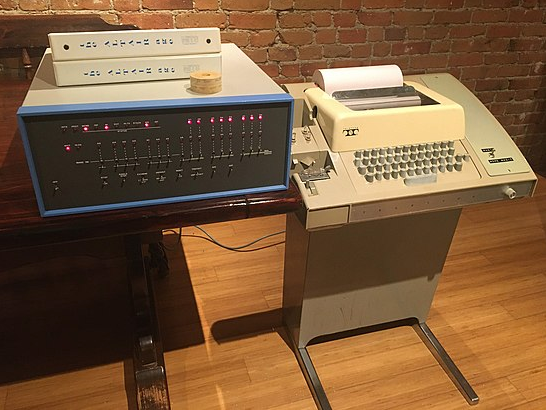 The Altair 8800 with associated kit printer. The Altair helped bring along mass adoption. Source: Wiki
The Altair 8800 with associated kit printer. The Altair helped bring along mass adoption. Source: Wiki
Despite the success of the Altair and other iconic models, it did face some issues that prevented it from being suitable for mass adoption. Firstly, while the kit designs sold well, difficulties in programming the machine via the front panel made it somewhat technical to operate. And secondly, the input standard of these systems required changing with the adoption of Graphical interfaces required to allow everyday uses to interact with the systems easily and efficiently. Fortunately, both of these traits would soon be found in future systems.
The Technology Explosion
As the dust settled from the earlier generation and the world experimented with networked computers en mass, using smaller, more powerful computer systems the stage was set and the time was ripe for mass adoption. However as we approached this moment we saw two distinctly different ways of developing and marketing the systems.
The first of these came with the Apple Lisa, a machine that despite being incredibly influential in terms of development floundered when it came to the sales book. Despite sporting a genuine graphical user interface, a mouse and multi tasking, the cost of the Lisa was prohibitive. This did not translate to commercial success and despite it’s myriad of technological developments, the Lisa would fade away after a short period, set to be replaced further down the line with the more successful Macintosh. The Lisa failed to capitilise on its strong technological edge. Source: Wiki
The Lisa failed to capitilise on its strong technological edge. Source: Wiki
Other manufacturers took a different path, with the best known being IBM, a key player in commercial computing at this point.
Taking their IBM PC, a decision was made to open source the architecture, allowing 3rd party vendors and manufacturers to make “IBM Compatible” machines, that allowed easy interface of the IBM architecture with associated third party peripherals. This was a revolution at the time and allowed vendors the world over to design affordable, user friendly systems to put in the hand of people the world over.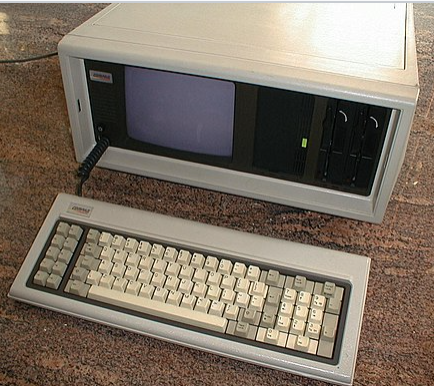 COMPAQ Portable was a popular early IBM Compatible machine. Source: Wiki.
COMPAQ Portable was a popular early IBM Compatible machine. Source: Wiki.
Due to the expense of developing new hardware and the absolute dominance of IBM in the marketplace manufacturers like Dell, HP and other notable players in today’s world all formulated IBM compatible systems allowing them to develop the market share that would be essential for taking the next steps.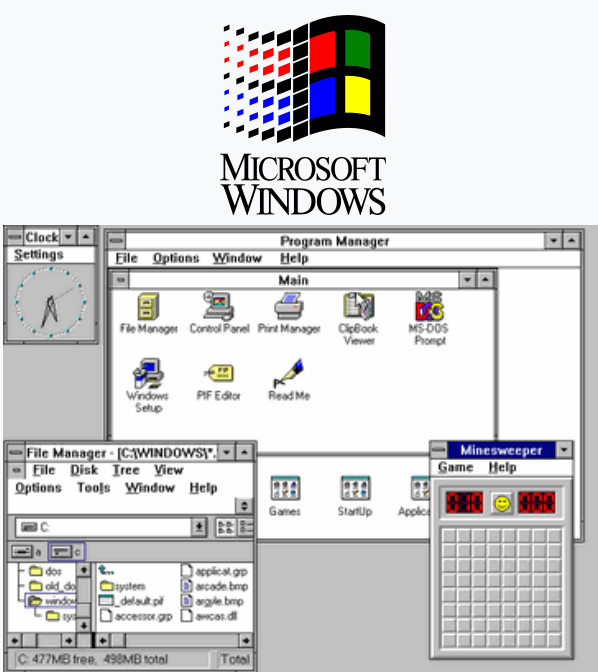 IBM Compatible machines helped capture Microsoft’s vast market share. Source: Wiki
IBM Compatible machines helped capture Microsoft’s vast market share. Source: Wiki
The last notable steps taken around this time include the development of Windows as a stand alone operating system, leading to Microsoft becoming a common household name and allowing the development of fast, user friendly computer interfaces and easier integration of hardware peripherals, including speakers, multimedia capability and other common functions we see in today’s machines.
While there’s plenty to write about beyond this with regards to laptops, mobile computer and other modern innovations, we’ll be leaving that for later pieces, where we’ll look at laptops, the early integration of the internet and the development of Apple as a key player in the technology arena.
If you’d like to read these future articles, you should hit subscribe and we’ll send them directly to your inbox.
What the Tech?! is our recurring, twice monthly piece that covers pieces of technology that were essential in shaping our modern world.
🌟 Enjoyed this article? Support our work and join the community! 🌟
💙 Support me on Ko-fi: Investigator515
📢 Join our Telegram channel for exclusive updates or.
🐦 Follow us on Twitter
🔗 Articles we think you’ll like:
- OSINT Unleashed: 5 Essential Tools for Cyber Investigators
- What the Tech?! GPS Technology
✉️ Want more content like this? Sign up for email updates here


































